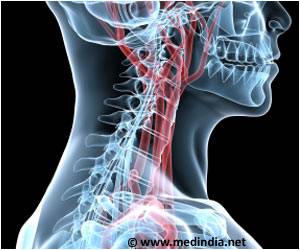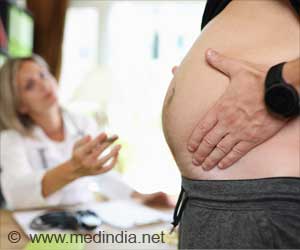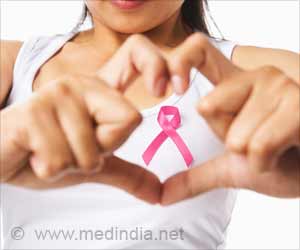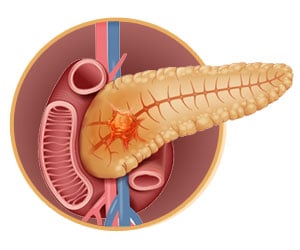A study published this week in Anticancer Research confirms that solar UVB irradiance is associated with reduced risk of 16 sites of cancer, apparently through production of vitamin D.
A study published this week in Anticancer Research confirms that solar UVB irradiance is associated with reduced risk of 16 sites of cancer, apparently through production of vitamin D. These cancers include 6 sites of gastrointestinal cancers, 3 cancers of female sites, 3 urogenital cancers, 2 types of lymphomas, and 2 upper aerodigestive tract cancers.
The analysis examined age-adjusted mortality rate data from 49 states plus the District of Columbia for two periods: 1950-69 and 1970-94. Other cancer risk-modifying factors were included in the analysis. A proxy indicator of smoking was associated with risk at 10 cancer sites, alcohol consumption with 9 sites, urban residence with 7, and Hispanic heritage with 6.“This study provides important additional support for the vitamin D/cancer hypothesis” according to William Grant. This new study shows that the approach used, a statistical comparison of cancer mortality rates by state according to several cancer risk factors, is likely to be reliable since the results for known factors other than UVB agreed well with the results in the literature. In addition, the new study replicates many of the links between higher levels of vitamin D and lower risk of cancer that were identified in earlier studies that had less control for risk factors other than vitamin D or UVB deficiency."
“The mechanisms whereby vitamin D reduces the risk of cancer are well known, and include effects on intercellular adhesion, apoptosis (programmed cellular death), the inhibition of angiogenesis around tumors, and the inhibition of metastasis.”
According to co-author Cedric Garland, Dr.P.H., “Enhancing vitamin D status appears to be the single most important single simple thing that people can do to reduce their risk of cancer, apart from avoiding tobacco and moderation in intake of alcohol. While solar ultraviolet B is not always available or convenient for synthesis of vitamin D and entails a possible small increase in risk of nonmelanoma skin cancer, vitamin D supplements are readily available and nontoxic in the preventive range of 1,000-1,500 IU/day.”
According to William Grant, Ph.D. “Other recent studies recently found that it takes 1000 to 1500 International Units (I.U.) of vitamin D per day to reduce the risk of cancer incidence and death by 30-50%. In the U.S., dietary sources provide only 250 to 300 I.U. per day. People with fair skin living in the sunnier regions of the country can make 1500 I.U. of vitamin D in about 20 minutes near solar noon with 10-20% of their body exposed, i.e., arms and back in women and back or chest in men. Those with darker skin require 2-4 times as much time or body exposed for the same vitamin D production. This may help explain why black Americans have higher cancer incidence and mortality rates than white Americans, which was described recently in the Journal of the National Medical Association.”
Cedric Garland added, “Briefly exposing a large enough area of skin for adequate vitamin D synthesis is more effective than increasing the amount of time spent in the sun. Protracted exposures to the sun are counterproductive after the 20-30 minutes at most when vitamin D synthesis for the day is complete. People of all ages should wear a hat whenever spending more than a few minutes in the sun, and should spend the time walking or otherwise in motion.”
Advertisement
(Source: Newswise)











